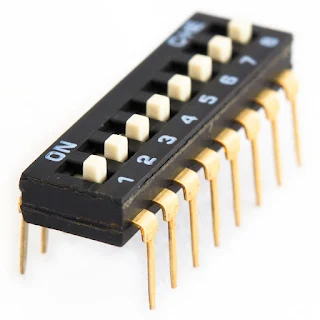I don't get out much, so it makes a big impression on me when I do.
I was flying to Texas (in an airplane) in 2019 to watch Belladonna compete in the final dwarf tossing competition of her college career. The gentleman sitting next to me on the flight from Detroit to Dallas-Fort Worth was clearly Asian. Even before the plane taxied down the runway in Detroit he curled into a ball and went to sleep.
He woke up about a half hour before landing. I shamelessly watched as he scrolled through his smartphone to see if he had any messages. One of the pictures that popped up looked like the photo above.
"Japanese temple?" I asked like a total rube.
That broke the ice.
He was a Vice President of a Japanese corporation and he was visiting overseas manufacturing operations. Clearly, he was used to Americans and our rudeness.
What an opportunity! I went for the jugular.
"US companies always want to 'leapfrog' the competition and always fail. Japanese companies seem to avoid that temptation. Why do you think that is?" I asked.
He looked at me like I was daft. "Japanese culture values harmony. It is 'not OK' to excel at one thing if it is at the expense of other deliverables. All things must work together and work toward the whole" was his response.
Welding process windows
At one time I worked for a large automotive company and every welding engineer was issued The Red Book. The Red Book was a three ring binder that (supposedly) contained all of the information you needed to be a crackerjack welding engineer.
One section of the book consisted of "Weld Process Windows" for various combinations of sheet metal parts.
For example, the book might show a "window" or a box that ranged from 8000 Amps to 13,000 Amps and 0.10 seconds to 0.30 seconds of weld time to spot-weld 0.040" thick sheet steel to another 0.040" thick sheet of steel.
Since the energy deposited is proportionate to the time and Amps^2 the energy of the highest combination (0.30 seconds and 13000 Amps) was eight times more than the lowest combination (0.1 seconds and 8000 Amps).
It quickly became apparent on the factory floor that the "window" was not a rectangle but a ski-jump shaped curve. As long as the "schedule" had 12,500 t*A*A (+/- 30%) it would weld that stack of sheet-metal just fine. For the most part the weld did not care if you wacked it with a Zeussian lightning-bolt or cooked it in a crock pot. If you delivered that amount of energy you would melt enough steel to make a spot weld.
If you delivered significantly less then you did not make a weld.
If you delivered significantly more than the weld caps either welded to the metal or "surface expulsion" left razor-blade like metal whiskers projecting outward from the surface.
That said, if you had a metal stack with a tendency to produce surface expulsion than the crock-pot welds were a better choice. Or if one of the outer sheets of steel were thin then the Zeussian lightning-bolt was a better choice.
Harmony
Humans are incredibly tough and resilient animals. We are every bit as tough than a Whitetail Deer or a Puma. Maybe even tougher.
Every year there are stories of hunters bagging trophy animals and on skinning the animal find more scar tissue than Gale Sayer's knees. Scars from bullet wounds, arrows, traffic accidents, broken bones, antler wounds and the like. All on a single animal.
Admittedly, most of those animals are biologically younger than most of my readers. But if animals can sustain and heal from the most grievous of wounds in-the-wild, why do humans so often roll-over and die from relatively minor wounds?
It may be due to "leap-frog" thinking that chases us into the corners that are diagonally distant from the ski-jump curve.
Nutrition
It is easy to fall into the trap of thinking "If 100 grams of protein a day is good then 400 grams a day has to be better" or "If 30% Calories from fat is better than 45% Calories from fat, then 15% Calories from fat has to be twice as good" and so on.
But in fact they all play together like time-and-Amps in the weld schedules.
And while you are at it, include physical activity.
If tough times come and people increase their Calorie burn by 600 Calories a day (the equivalent of two hours of walking) and their Calorie intake drops by 20% a day (500 Calories a day) then there is going to be a train-wreck.
If the economy goes deeper into the septic tank then many people will have no work. Losing 500 Calories a day is a good thing if you are just going to sit on the couch all day.
But other people are going to step-up. They are going to physically work their dupa off. Losing 500 Calories a day is going to bite them HARD. Cabbage soup and corncob muffins isn't going to cut it.
Just a word of caution: It is good to change your diet over the course of multiple days. The bacteria in your gut are partners in digestion. It will take them a few days to shift to the new regime. If you can, add in new foods over the course of three or four days and phase out others at the same rate.










































